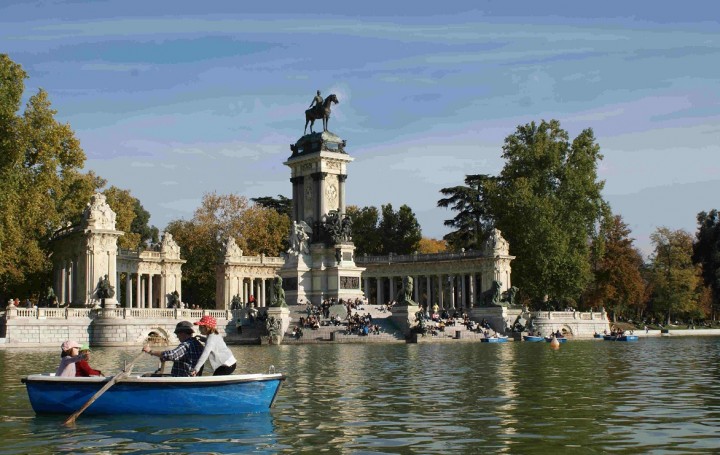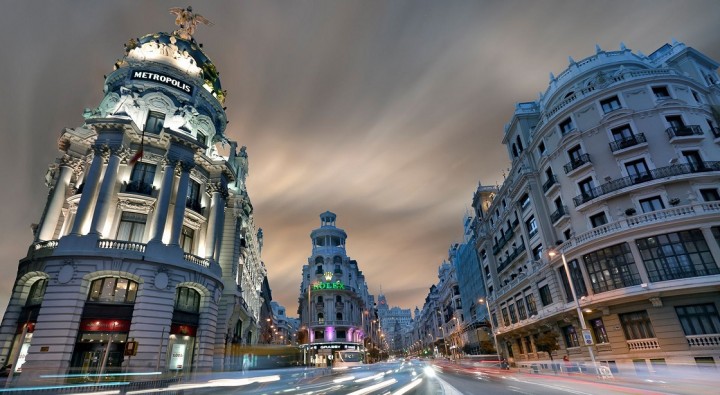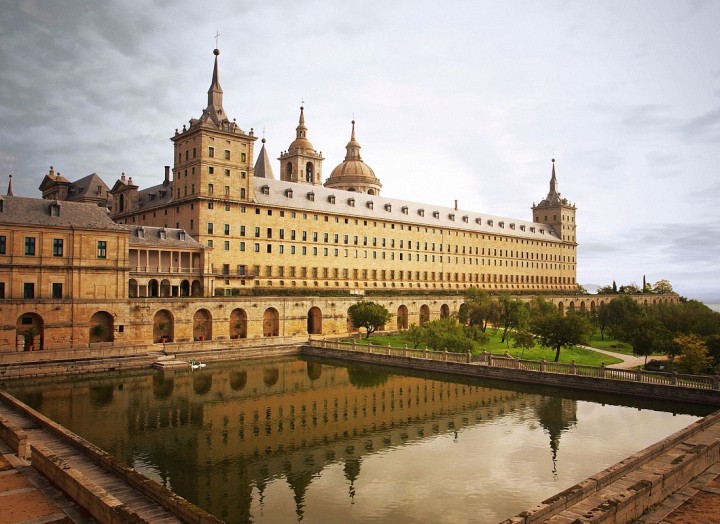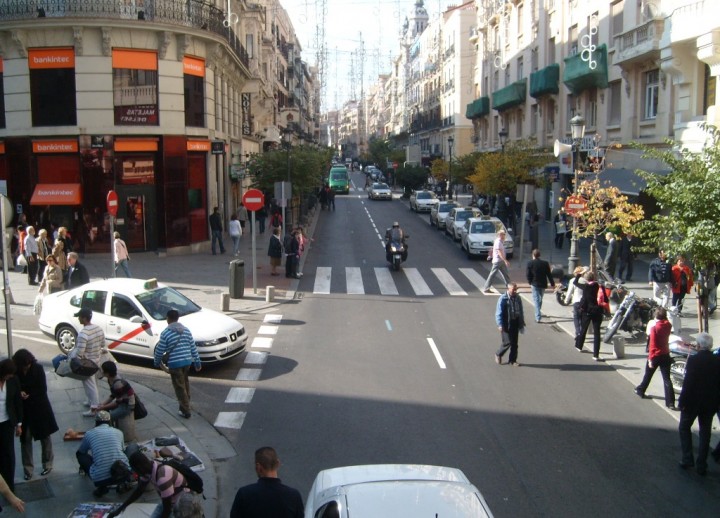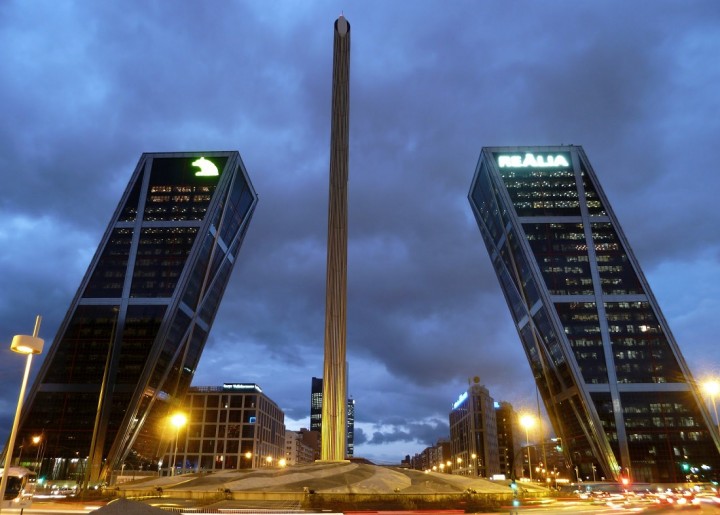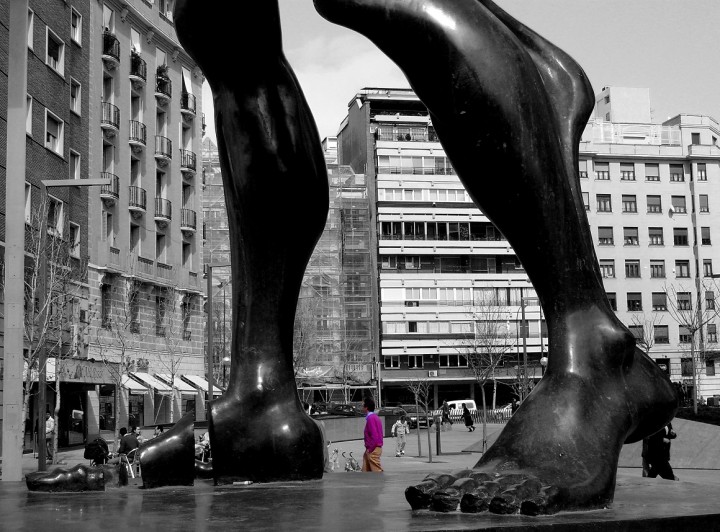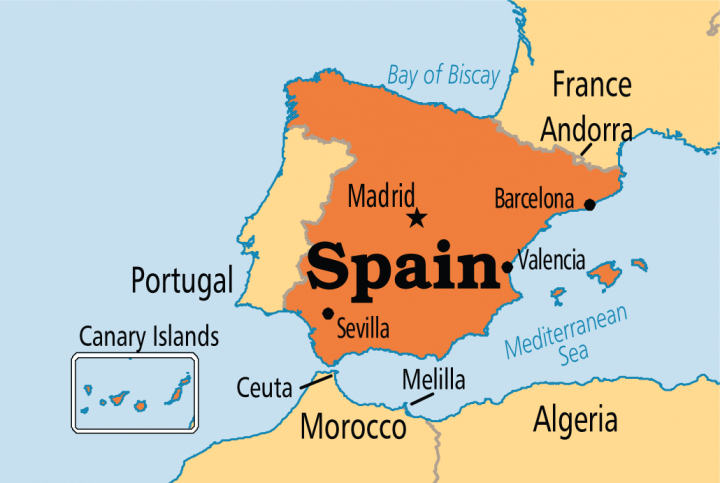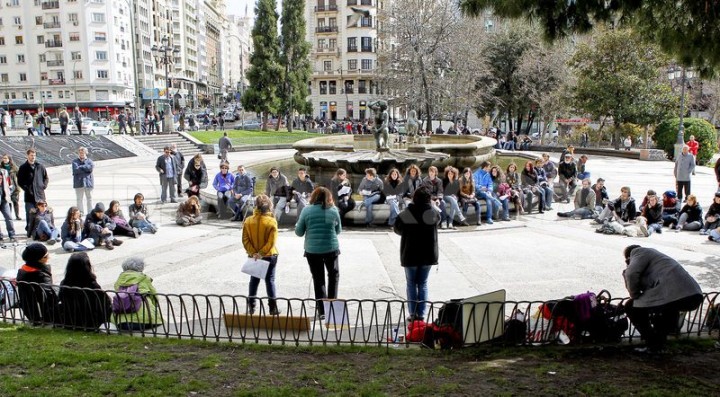Madrid is the political and financial center of Spain. That’s where the Cortes, the Senate and the Royal Family, and the Prado, Reina Sofia and Thyssen-Bornemisza. With a population of over three million, Madrid is the fourth largest city in Europe (after London , Paris and Milan ) and also higher capital, 650m above sea level. Thanks to its fun-loving and 2,800 hours of sunshine a year, the streets of Madrid are filled with people every day.
According to Arab chroniclers, was the Emir of Córdoba, Mohamed I (852-886), who ordered the construction in 852, a fortress on the left bank of the Manzanares River, the geographical center of the Iberian Peninsula. He named the settlement by the name of Mayrit (water source), known today as Madrid. There are still vestiges of the Moorish era, such as the Arab wall near the Royal Palace, and the oldest church in Madrid, St. Nicholas of Servite, in Mudejar style.
The strategic location of Mayrit (or Magerit) caused numerous battles between Moors and Christians, in order to claim its power. All this fuss lasted until the eleventh century, when Alfonso VI conquered the Alcázar, after three years of struggle. However, it was not until 500 years later, when Philip II he moved the capital of the kingdom to Valladolid (1561).
Although Madrid is quite extensive (8,000 km ²), the historic city center is easily explored on foot. The maze of narrow streets of the medieval quarter contrast with the grand boulevards of the eighteenth and nineteenth centuries, a period when Madrid began to become a modern capital. Each neighborhood has its peculiarity-Lavapies, Malasaña and Chueca being the oldest and interesting city. Most visitors begin visiting the central area, known as the “Madrid de los Austrias”, between the Royal Palace and the Puerta del Sol (where the ‘kilometer zero’). From here you can walk to Gran Via, which is full of shops, banks, offices, bars and cinemas. The best fashion is in the Barrio Salamanca or in the boutiques of Calle Serrano. In skyscrapers and office blocks from Paseo de la Castellana is where the majors are based. At the end of Paseo de la Castellana, to the north, is where you will find the Puerta de Europa (two leaning towers), symbol of futuristic architecture.
The March 11, 2004, Madrid experienced one of their worst nightmares after the explosion of two bombs simultaneously in two trains arriving at Atocha station. This terrorist act killed 191 people dead. Again, the city joined in solidarity to help the victims by donating blood, transporting wounded, helping to find missing, providing food and drink, shelter, etc..
The best time to visit Madrid is between March to June and from September to October. Is recommended to avoid the summer months in Madrid, as the capital becomes very hot. August is when most of the locals take their holidays to go to the coast, that might be the quietest month of the city.

